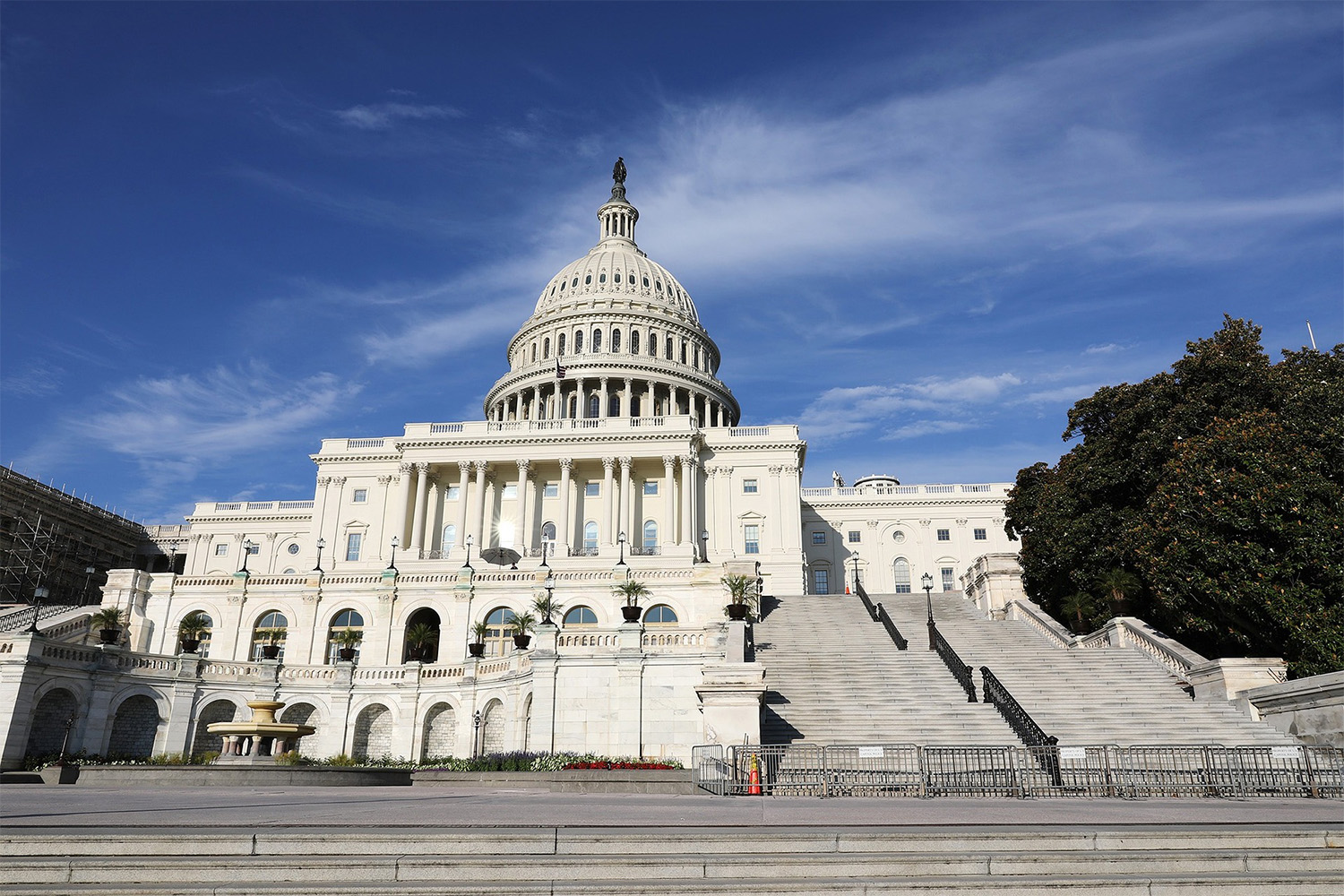Architecture Education Session 6: Beaux-Arts
Share

Last week during our architectural education series we moved into the Industrial period.
Beginning in the mid-17th Century and continuing until the dawn of the 20th Century, this stretch of history encompassed a colossal amount of change, political upheaval, the reexamination of historical styles, and the invention of countless new ones.
We began the evening studying Neo-Classical and Beaux-Arts architecture which typified a majority of this period. A reaction against the decadence of Baroque, these styles are toned down; there is a return to symmetry, hierarchy, and order. This was also the time of the Enlightenment in philosophy where logic and reason were praised. Honesty in architecture became a reoccurring theme, and a desire to let wood be wood or stone be stone and not embellish or disguise materials become widespread.
National styles were cropping up all over during the 1700s. Southern Germany believed they were the new Greece and exemplified the Neo-Classical. Northern Germany and much of Northern Europe explored the Gothic style. And in America? Our first style: Federalism, is forever showcased in our capital building and the White House.
With industrialization came machines and vast new ways of building. In our discussion, we drew parallels to the current state of the building industry, with so much change and what feels like endless new ideas. It is unsettling and exciting.
It was a nice transition to the second half of the evening which continued our Bentley Navigator training led by our VDC department. Now that the whole company is well-versed in navigating a model, we learned about some of the more collaborative features of the program, such as annotating and creating mark-ups within the model.